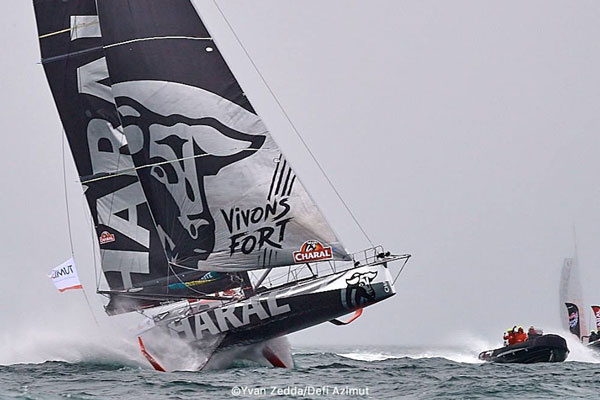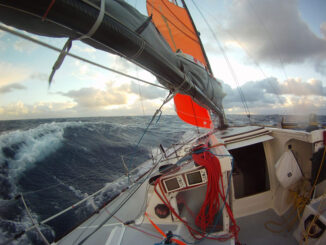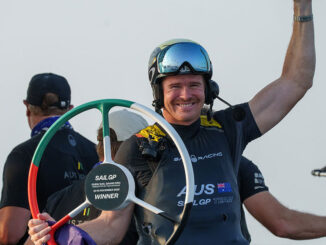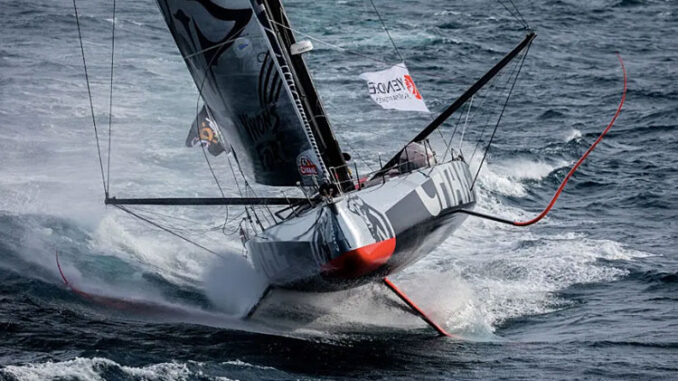
United Kingdom – 7/14/2021 – By Marco Nannini, Global Solo Challange – In this article we tried to consult authoritative voices of sailing in explaining the evolution of sailboats with foils. Max Sirena of Luna Rossa, Giovanni Soldini of Maserati and Giancarlo Pedote of Prysmian Ocean Racing – International Monohull Open Class Association (IMOCA) class.
Note: This article is a translation, we apologize in advance for any mistakes. However, we also wanted to explain before moving on to the actual interviews why there are currently three “currents of thought” in the world of foils for sailboats. First, the purely flying monohulls like those of America’s Cup, then flying multihulls, flying but capable of facing the oceans like Maserati, and then the partially flying monohulls like the IMOCA and the Mini 650.
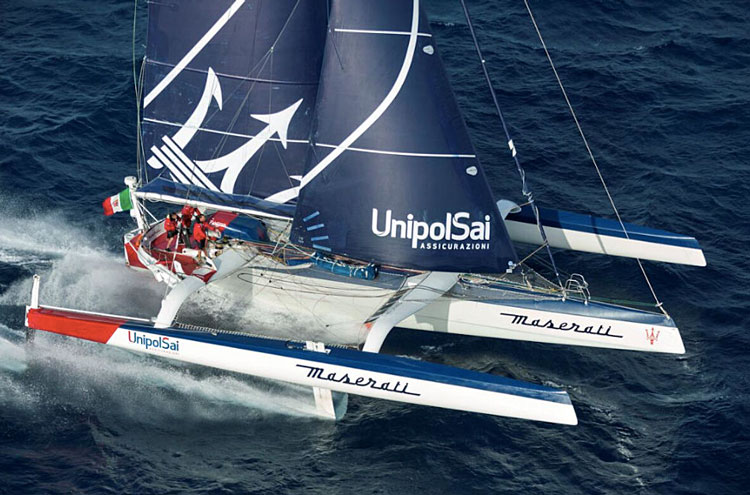
As you can imagine, the three types are linked to the different rules, which in turn reflect different objectives and ways of facing the sea and navigation.
For the sake of completeness, we should point out that there is a thriving world of other types of foilers. For example, inshore flying catamarans, legacy, and evolution of previous America’s Cup. Many dinghies are also emerging in addition to the first flying dinghy, the Moth. Foils have also entered the world of windsurfing and kytes.
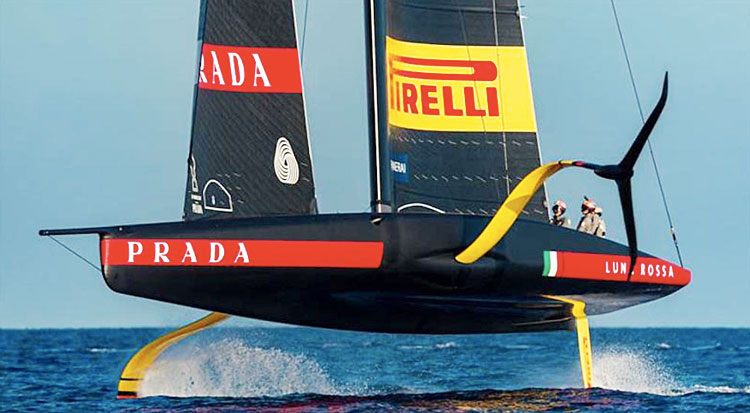
The increasingly widespread use of foils for all types of boats prefigures one of the most drastically and rapidly innovative historical moments, comparable to the introduction in the 1800s of the modern forms of jib and mainsail: today, as then, the paradigms of navigation seem to be definitively changing.
Prologue: An introducion on foiling sailboats
If we talk about sailboats with foils we must, first of all, specify what is meant, since every sailboat is naturally equipped with many “foils”. In fact, in its semantic definition, the “foil” is a “profile” capable of generating a force when it crosses a fluid. For example, sails have a “profile” very similar to that of an airplane wing and are therefore foils. Being flexible they change concavity on each tack. But it is precisely their air-foils that allow a boat to go upwind.
Even the fin of a keel or a rudder, if we observe the section, has its own profile, this time symmetrical, unlike a sail which has an asymmetrical profile. The study of the forces generated by sails, keels, hulls, and rudders is a very complex subject, and the optimization of shapes in naval engineering is constantly evolving, as can be observed looking at the boats produced today compared to those of only ten years ago.
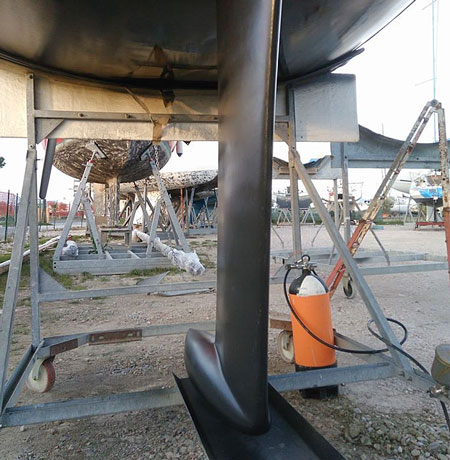
For example, the keel in contrasting leeway also manages to create a force, called “lift”, which “pulls” the boat to windward. This is because of the leeway the profile of the foil has an angle of incidence with respect to the water that is not equal to zero (even if we do not notice it and we think we are going perfectly straight). The water then hits the keel at a slight angle and this means that despite being symmetrical, the keel foil generates an upwind lift and allows us to go upwind better.
Based on the same principle, the rudder blade also generates an upwind lift when sailing upwind. The sails work as foils as long as they are hit by a “laminar” airflow that follows the sail. On the other hand, when the sail simply opposes the wind from behind we travel in a turbulent flow and we are not talking about foils.
Sailboats with foils: so what is meant?
Keel and rudder have a specific role in the ability to sail of a sailboat. Their “foil” function comes into play from a reach to when sailing upwind, avoiding excessive leeway. They avoid it primarily by simple lateral resistance but also generating lift to windward.
We have seen so far that the sails are nothing but the great wings of our floating airplane. They exploit the kinetic energy of the wind with the difference that a boat does not have an engine to generate apparent wind. Sailing upwind, sails transform a large part of the wind pressure into the heel. Only a small part is transformed into a propulsive force that makes the boat advance thanks to their wing shape trimmed to reduce heel and increase speed.
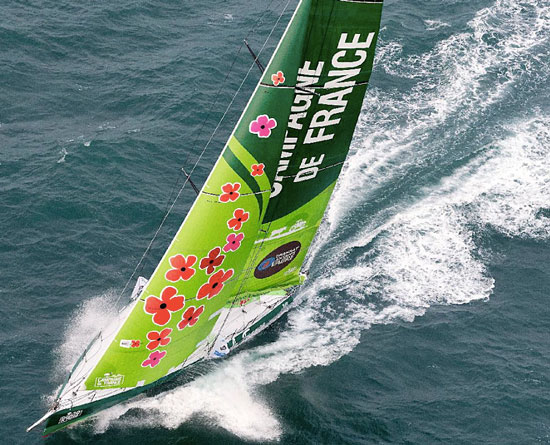
Old sails, for example, lose their “airplane wing” shape. They resemble C shapes or worse they have a claw near the trailing edge. When this happens, the wind hitting produces a healing force, and any propulsion force is greatly diminished. Keel and rudder, on the other hand, counteract leeway when sailing upwind according to the principles we talked about before, i.e. lateral resistance and lift.
Heeling: hull shape, ballast and stacking
It becomes clear that a sailboat is subject to different forces, some of which are useful to go faster, others that are not useful to generate any forward movement, instead they only waste energy in generating heel and leeway. The contrast to leeway exerted by the keel and rudder also introduces friction that reduces the “useful” forward forces. The evolution of racing boats, in order to avoid heel, has been driven towards the search stability of form or shape of the hull, i.e. hull shapes that resist being heeled. The result has been wider and flatter hulls, and if we leave the world of monohulls, obviously catamarans and trimarans.
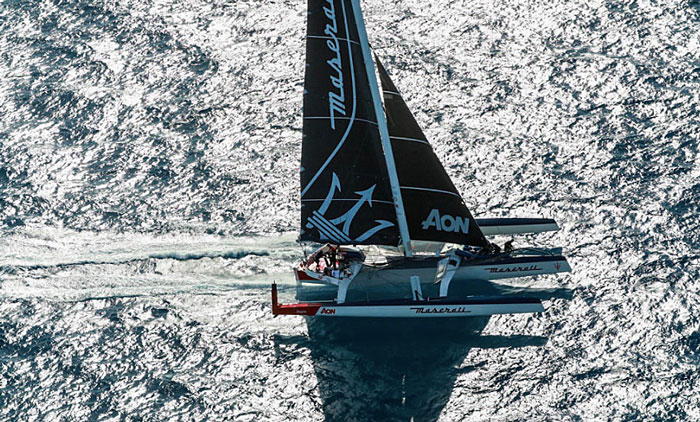
In an attempt to maximize the righting force, when the keels were still fixed, ballasts were introduced. Ballasts are tanks placed inside the hull and in the most lateral position possible with respect to the centreline, filled by hand or with a pump with seawater. Their role is to act as a counterweight, exactly the same as the crew sitting on the gunwale. The disadvantage of the ballast is that while making the boat more powerful, it weighs it down and therefore increases the resistance to movement.
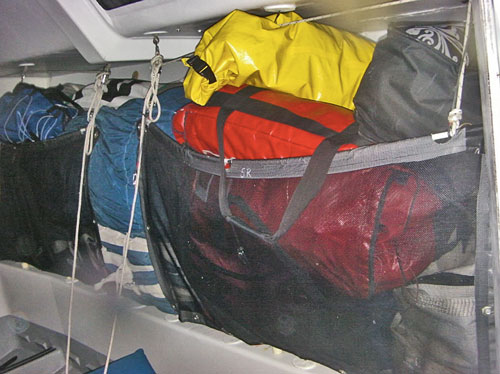
In the classes where it is admitted, such as Mini 650, Class40 and IMOCA, the movable weights on board are used to generate righting force. That is, any bag containing water, food, clothing and other materials, as well as sails, everything, is moved to windward with the same effect of having someone sit on the gunwale and without the disadvantage of having to carry any additional weight.
A more advanced solution was possible, but it took time before we saw the first canting keels.
The canting keels and the first sailboats with vertical foils (daggerboards)
If we talk about keels, at first lead was inserted into the construction of the keel which constituted the bottom of the hull. Then keels then became separate elements from the hull, built for example in cast iron with the shape of an airplane tail wing. To increase the righting force and allow to increase the amount of sail (and therefore of “useful” force), the keels lengthened and the weight was moved to the bottom.
The fin is an empty box or a full blade shaped with fiberglass, which supports a lead bulb where the weight is concentrated. The advantage of this solution is the lowering of the center of gravity of the keel and the consequent increase in the force that right the boat.
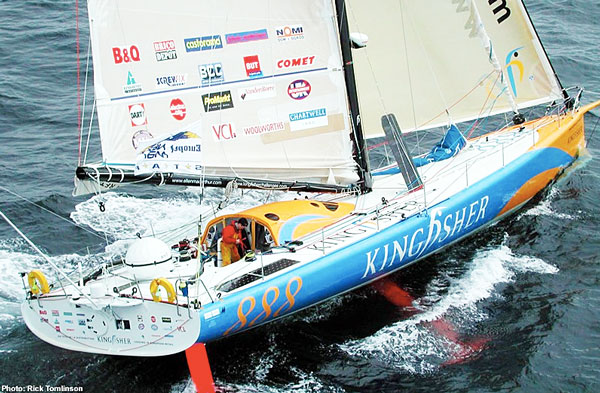
The modern solution is that of allowing the keel to tilt, so that in the cross and upwind it can be canted to windward. By doing so, the righting force of the bulb weight increases considerably. However, this poses a problem: at the foil section is more and more horizontal it loses its function to counteract leeway. For this reason, looking at old IMOCA or Mini 650s we saw the introduction of “daggerboards”. These were additional “weightless” fins inserted like swords in the hull, either a single central one or more efficiently one on each side, slightly inclined, to take on the role of the blade of the keel that is lost once it is canted to windward in counteracting leeway.
So what foils are we talking about when we say sailboats with foils?
The term foil has become fashionable, should refer to many types of foils but has started to take on a specific meaning, and represents the latest evolution in hull design. It indicates a specific type of appendage, which does not exist in “traditional” boats, which can have one of the following functions (or generally a mix of the two): increase the straightening force and counteract gravity and friction in the water.
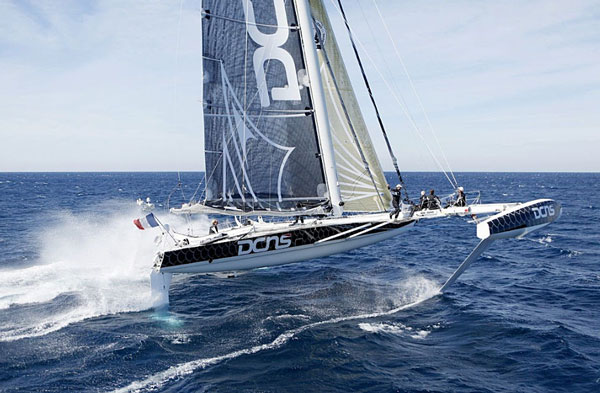
These two objectives are therefore obtained with special profiles, “foils”. These are suitably angled to create new forces in the water that are more efficient than simple weight displacement or traditional shapes. Sailboats with foils can counteract friction by lightening themselves with the vertical thrust of the foils. We put “wings” in the water to lift and fly the sailboats with foils and we will progressively avoid the friction of the water until the friction of the hull is eliminated. The friction of the foils remains, which is not zero, but is much less than that of the hull.
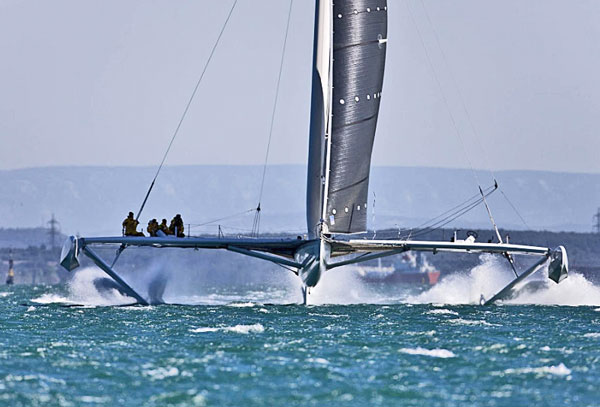
It may seem incredible to you but the first experiments in this direction date back to the twentieth century. These were motorboats that accelerated and exploited submerged wings to lift the hull from the water. Nothing strange, you will say, today there are many hydrofoils around that use this principle to navigate at high speeds. There is a very famous foil sailboat that introduced this type of V-shaped foil to lift out of the water. This is the Hydroptere, a flying V-foil trimaran that has set many speed records.
The evolution of foils on sailboats
From here on, we will talk about foils in the sense of appendages immersed in water to increase righting moment or counter the weight of the boat. That is, we will not talk about sails or other traditional appendages. We will try to understand the evolution of the latest generation foiling sailboats. These include America’s Cup boats, flying multihulls, and the recent generation IMOCAs.
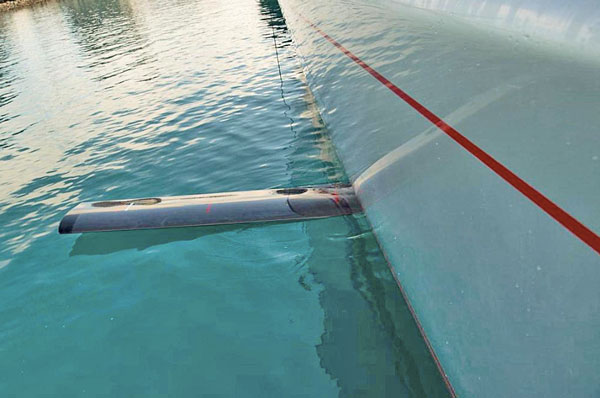
The first evolution, as mentioned, was to try to increase the straightening force. After tilting the keel, why not put a “wing” in the water, downwind, that would generate an upward force? This type of side “blade” foil was introduced on boats such as Sidney Hobart’s winning Wild Oats XI. One of the first ocean sailboats with a foil to get results in races. In this case, the foil was a straight blade that came out laterally creating a straightening force.

The second evolution was to give the foil an L shape. Why introduce this fold? The horizontal part has the role of generating upward lifting force. The vertical part has the role of creating that “lift” we lose when tilting the keel. These sailboats with foils are said to have “whisker” appendages. These foils revolutionized the Solitaire du Figaro with the Figaro 3 although in fairness here the keel isn’t canting so the role of the foil is not quite as extensive as we’ll see for an IMOCA.
Flying sailboats with foils
After the Hydroptere which had V-shaped foils like hydrofoils, America’s Cup catamarans were the first to sail completely raised from the water. To achieve this, the foils a were in the shape of an inverted T or L so that the vertical part remained to counteract the leeway. The horizontal part instead serves purely to lift the hull. To improve the balance of the multihull it was preferable to have two lifting points. In fact, there is a second foil on each T-shaped rudder.
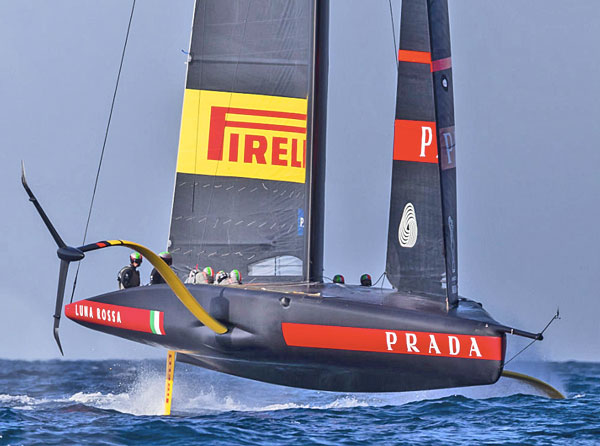
In the world of monohulls, on the one hand, there are two worlds: on the one hand, the totally flying boats of the America’s Cup. On the other, the world ranging from the Mini 650s to the IMOCAs where you never sail completely raised from the water. The two configurations respond to different objectives. A boat designed for the America’s Cup is designed for sheltered and flat waters and they fly within a span of the water. The design solutions would never pass the safety and stability criteria for ocean classes.
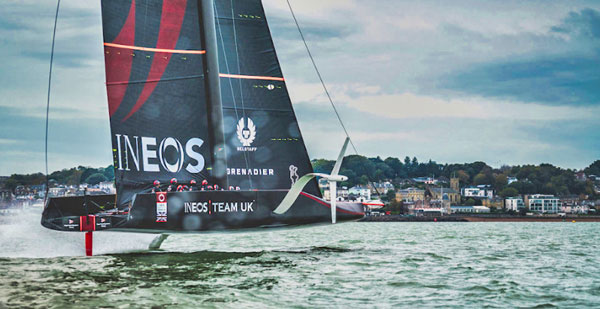
In fact, America’s cup foil sailboats depend on the foils themselves for their ability to stay upright. That is, if a foil accidentally comes out of the water due to a wrong manoeuvre, the boat will lie down. This without the ability to straighten up on its own as happened to Luna Rossa. Such a boat would not be allowed in either the Mini 650 class or the IMOCA class. Classes that require positive righting force when the boat is heeled at 90 degrees.
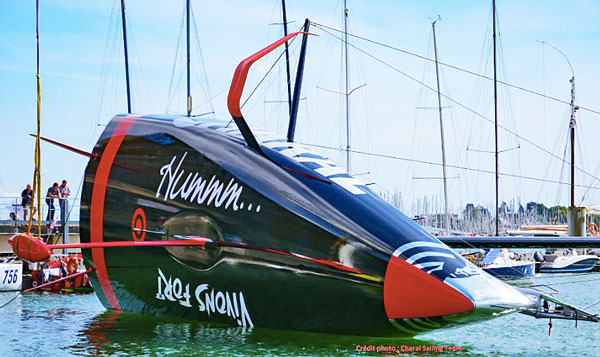
Sailboats with foils: a dichotomy between the world of inshore and offshore?
So far we have dealt with two types of foiling sailboats: America’s Cup inshore boats and ocean foiling sailboats such as IMOCAs. However, there is a third hybrid type, represented by multihulls with ocean foils. A multihull relies entirely on its enormous stability of shape to stay “straight”. Making it fly was a temptation that was imagined even by Leonardo da Vinci. We have seen that a multihull relies entirely on its enormous stability of form to stay “straight” and that beyond a certain maximum heel angle it is unable to right itself.
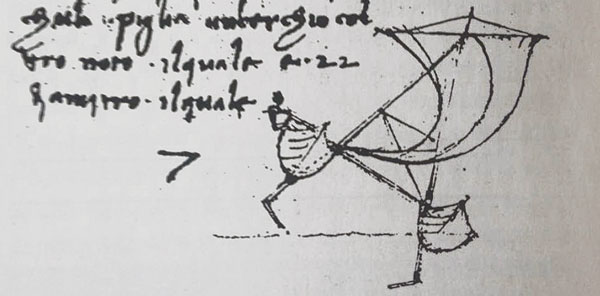
From that point of view, an America’s cup monohull and a foiling Multihull are more similar than to an IMOCA. An IMOCA without one of its foils loses performance but can still sail. Alex Thomson proved it at the 2016 Vendée Globe by finishing second despite having irreparably damaged the starboard foil in the first half of the race. In the world of IMOCA, external foils have existed since the 2016-2017 edition won by Armel Le Cleach in front of Hugo Boss.
The 2020 edition will be the second for IMOCA with foils and the evolution of the foils themselves has been immense. Giancarlo Pedote reports speed differences between his boat and new IMOCAs that reach 4-5 knots. The foils have been modified to make the average speeds more consistent. The first foils in fact created a huge lift when the boat accelerated. But when it slowed down due to a wave, it decelerated very violently. The boats were very tiring for the skipper and all the developments were in the direction of making them more manageable.

Interviews: What do you think of the evolution of foila in both monohulls and multihulls?
Max Sirena – Monohullls, America’s Cup
Bio from Pirelli Prada website: “Born in 1971 in Rimini, Massimiliano“ Max ”Sirena is in his seventh participation in the America’s Cup. Of these he won the 33rd edition with BMW Oracle Racing in the role of head of the wing shaft. The 35th with Emirates Team New Zealand in the 2017 edition of Bermuda. Max was skipper of the Extreme 40 Luna Rossa and winner of the Extreme Sailing Series championship in 2011. “
“With the Luna Rossa team he participated in the 2000 challenges, winning the Louis Vuitton Cup. In 2003 and 2007 in the role of assistant bowman. He then became Skipper and Team Director of Luna Rossa in the campaign for the 34th America’s Cup, held in San Francisco in 2013. Today, still in the role of Skipper and Team Director, he is at the helm of the Luna Rossa Prada Pirelli team. Ready for the challenge for the 36th America’s Cup which will be held in Auckland in 2021. “
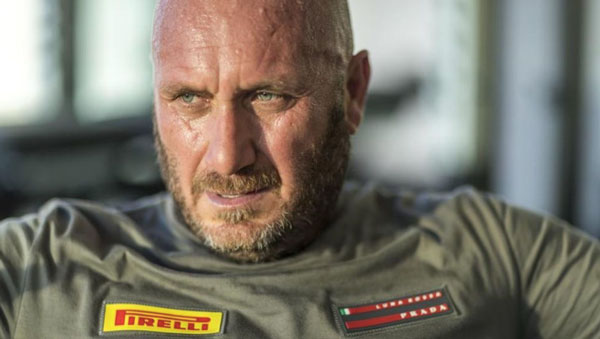
Max Sirena’s point of view on sailing boats with foils – America’s Cup
“I believe they are the present and the future of world sailing. It is part of a development and research process, which will lead more and more sailboats to use foils. Performance and speed at a certain level are the maximum expression of design that you can find today. Everyone wants to go faster and faster, there are ocean speed records to beat. Compared to boats of the past, today certainly a well done project that uses foils is definitely faster than a displacement boat.
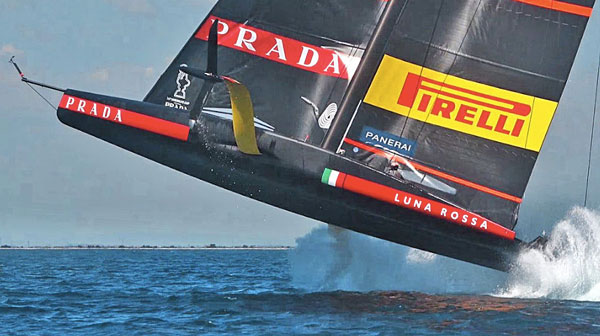
I believe that the use of foils in the America’s Cup has spread this concept in various classes. From there it has greatly increased the technological development used by teams or solo sailors. Along with the foils there are automatic flight pilots, new sail profiles and so on. This has given the opportunity to new sailors and new designers to make their way into a very narrow and niche world. The foils should not be seen as a substitute for the traditional way of sailing. It is a new discipline that still uses the wind as a driving force. So it is always and in any case a sailboat, but with different technical and performance characteristics “.
Giovanni Soldini – Ocean multihulls
Bio from the Maserati site: “He was born in Milan on May 16, 1966 and began sailing as a child. He has 25 years of ocean racing behind him, including two solo circumnavigations. The Around Alone won in 1999 where he went into the history books for the rescue of Isabelle Autissier.
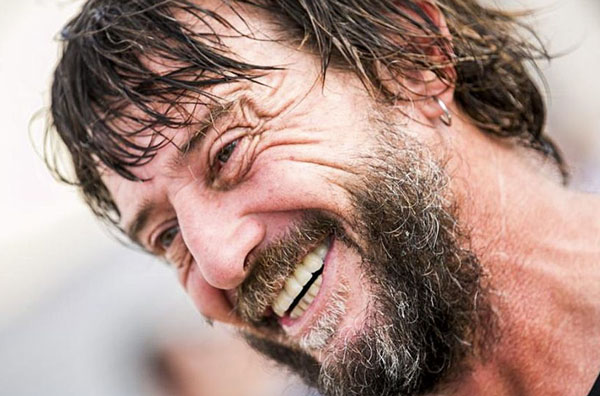
He took par in the 1995 BOC Challenge, where he finished second overall. Then the Québec- Saint Malo, winner in the monohull category. Six Ostars, two victories in the 50 ‘and 40’ class, three Transat Jacques Vabres, one victory in the 40 ‘class and more than 40 transoceanic crossings.
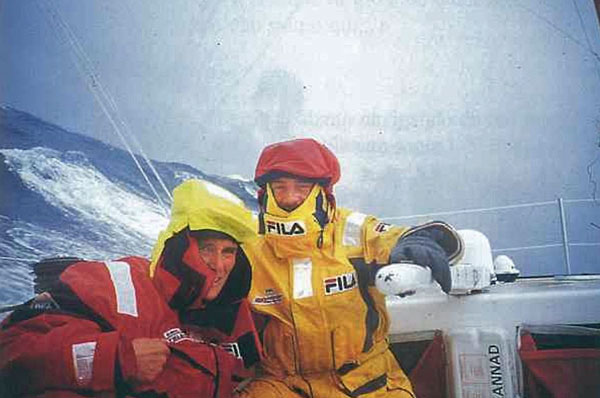
On board the Vor70 Maserati he set important records such as the Cadiz – San Salvador record (2012) and the New York-San Francisco, Gold Route 13,225 miles in 47 days 42 ‘and 29 “. His is also the new record of the Tea Route. 3300 miles in 21 days 19 hours 32 ‘established in 2015 on the San Francisco – Shanghai route. In 2016, after an intense three-year period on the Maserati VOR70, a new challenge with the Maserati Multi70 began for Giovanni Soldini and his team. A return to the multihulls on which he had raced as a crew with the 60 ‘Tim trimaran “.
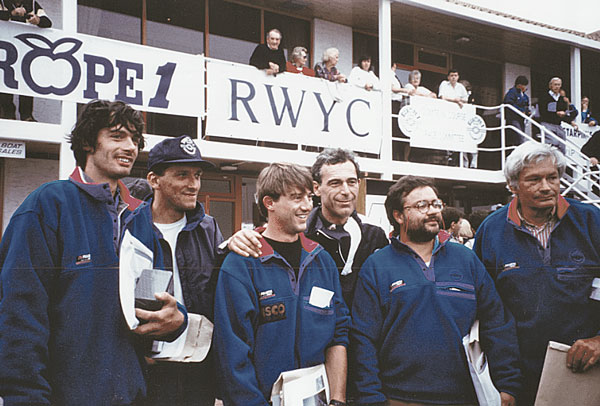
Giovanni Soldini’s point of view on sailing boats with foils – Oceanic multihulls
“Everyone has to live within his time and whatever is considered modern at that time. I am fortunate to have experienced a great evolution, I did my first circumnavigation still using SSB radios and the radio amateur Pierluigi from Ravenna who called me once a week. Now that we have ADSL on board the trimaran, and boats too, they developed and took their different paths.
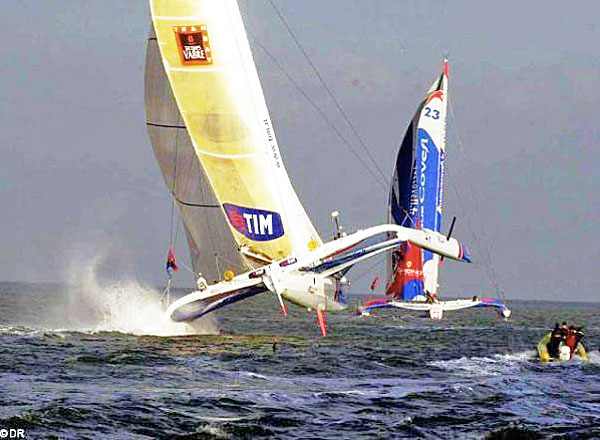
“The modern IMOCAs seem like crazy boats to me, even the new, flying mini transats, Verdier has designed one for the Pogo that will be standard, with these T-foils they are impressive, it is a revolution. An account with a multihull, a navigator is more used to being an airplane, while on a monohull it is really crazy. “
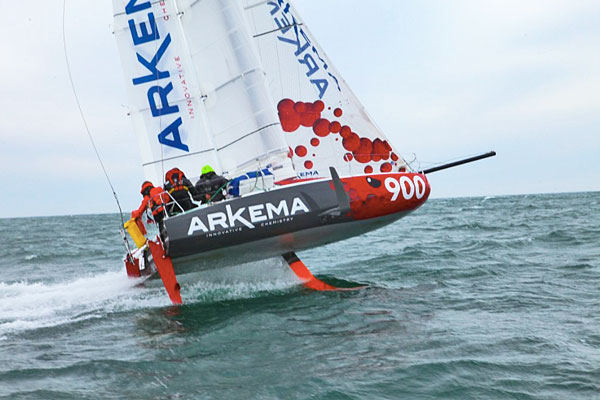
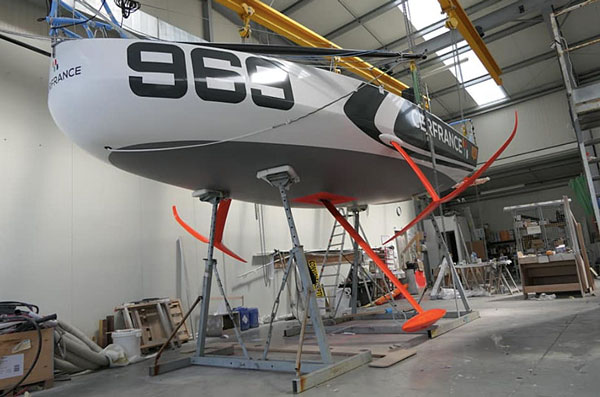
“The advantages are that the boat is faster and the distances get shorter. There are disadvantages in light winds because with all these appendages you have in the water they slow you down. If there is not enough wind to make you fly, you are slowed. With 3 knots you take a Moth and a Laser and the Laser with turn around the Moth that can’t even sail. In long crossings we do for records the impact with the waves is reduced. It is less than traditional boats, as long as the wave doesn’t get too high and doesn’t make you fly.
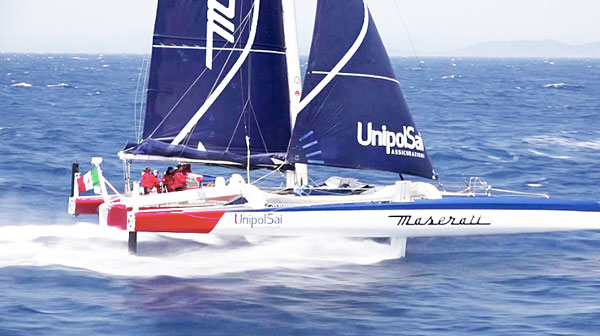
There is a limit in which you become less aerial and more displacement. When the sea is very formed, multihulls are more disadvantaged in this case than mono hulls. It becomes almost dangerous for the multis slamming on the waves. A boat that flies over the water and goes so fast is a lot of adrenaline, then every boat is special for me”.
Giancarlo Pedote – IMOCA
Official biography: Giancarlo Pedote, 44, has lived for some time in Lorient, France, one of the capitals of ocean sailing. Here he moved to live his profession to the full. Its history begins with windsurfing and crosses different classes of ocean boats. Mini 650, Figaro, Class 40, Multi 50 (the parenthesis of the Moth) and the IMOCA 60.
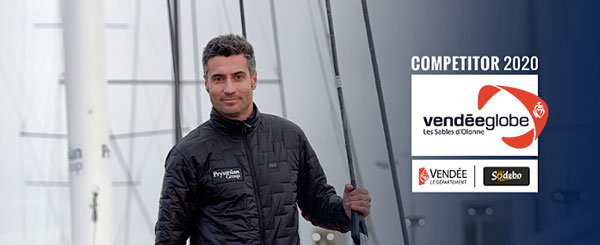
Winner of the Transat Jacques Vabre in the Multi 50 class in 2015. 2 times Champion de France Promotion Course au Large en Solitaire. 2 times World Champion in the Mini 650 class. 2nd at the 2013 Mini transat, Sailor of the Year 2013 and 2015. Pedote will be the only Italian present at the Vendée Globe 2020, a race dedicated to IMOCAs.
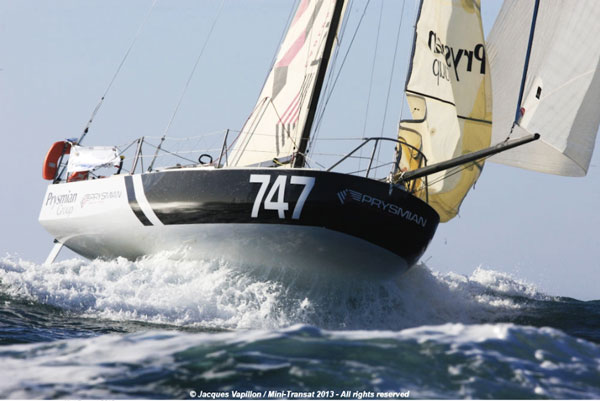
Giancarlo Pedote’s point of view on sailboats with foils – IMOCA
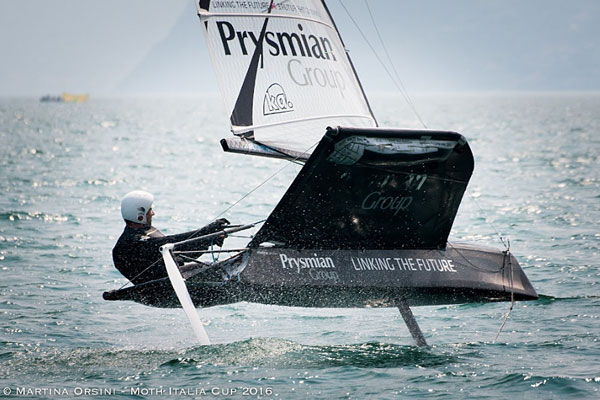
“I felt privileged to experience the introduction of foils in displacement boats, I wonder if such an important revolution will have followed in sailing. That is, we left the principles of Archimedes to make a boat fly. So something very important from a historical point of view. I am not sure it can be repeated from a qualitative leap point of view. Technology will continue to develop many things. But, as airplanes have changed the transport when they were invented, foils will significantly change the way of navigating..
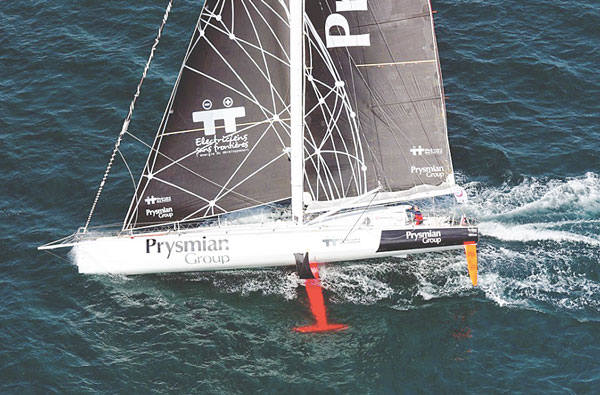
“I believe that for me to experience this transition at 40 is a great privilege. Our IMOCA class monohulls in terms of sensations are very close to multihulls and I have done a year of multihulls. The boats are very violent, very physical, the positions inside are difficult to find. The impacts are important and clearly they have become very demanding from a technical point of view.
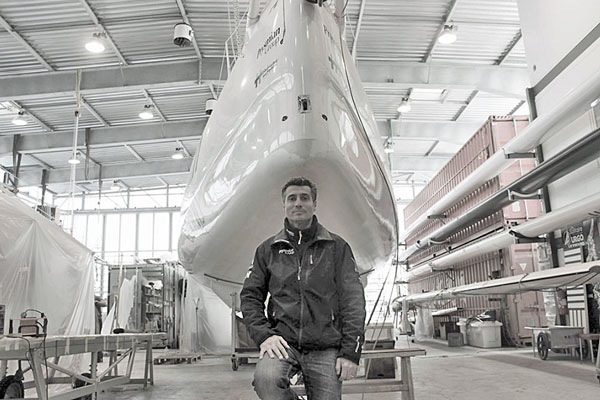
“With foils all the loads on the mast increase, a certain number of load pins are needed because if you increase forces too much something breaks. You need to know how many tons are on your mast and how they are distributed. All this requires meticulous preparation without considering all the development that still exists on the foils. Just look at Prysmian Group is a first generation foil boat, now many boats have changed the foils.“
The differences between the recent generations of IMOCA with foils
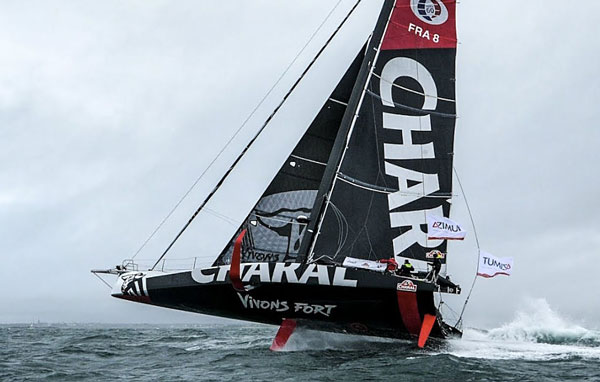
“The results are remarkable: boats sail upwind with 18 knots of wind and go at a speed of 18 knots. The boats that have newer foils do 4-5 knots more than me. So there is still a lot to develop on this.
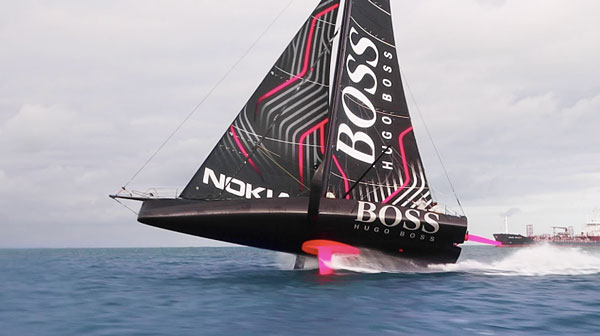
“As far as I’m concerned, witnessing this change and having the awareness of it given by my maturity in my career is extraordinary. I await future evolutions with curiosity and interest. “
